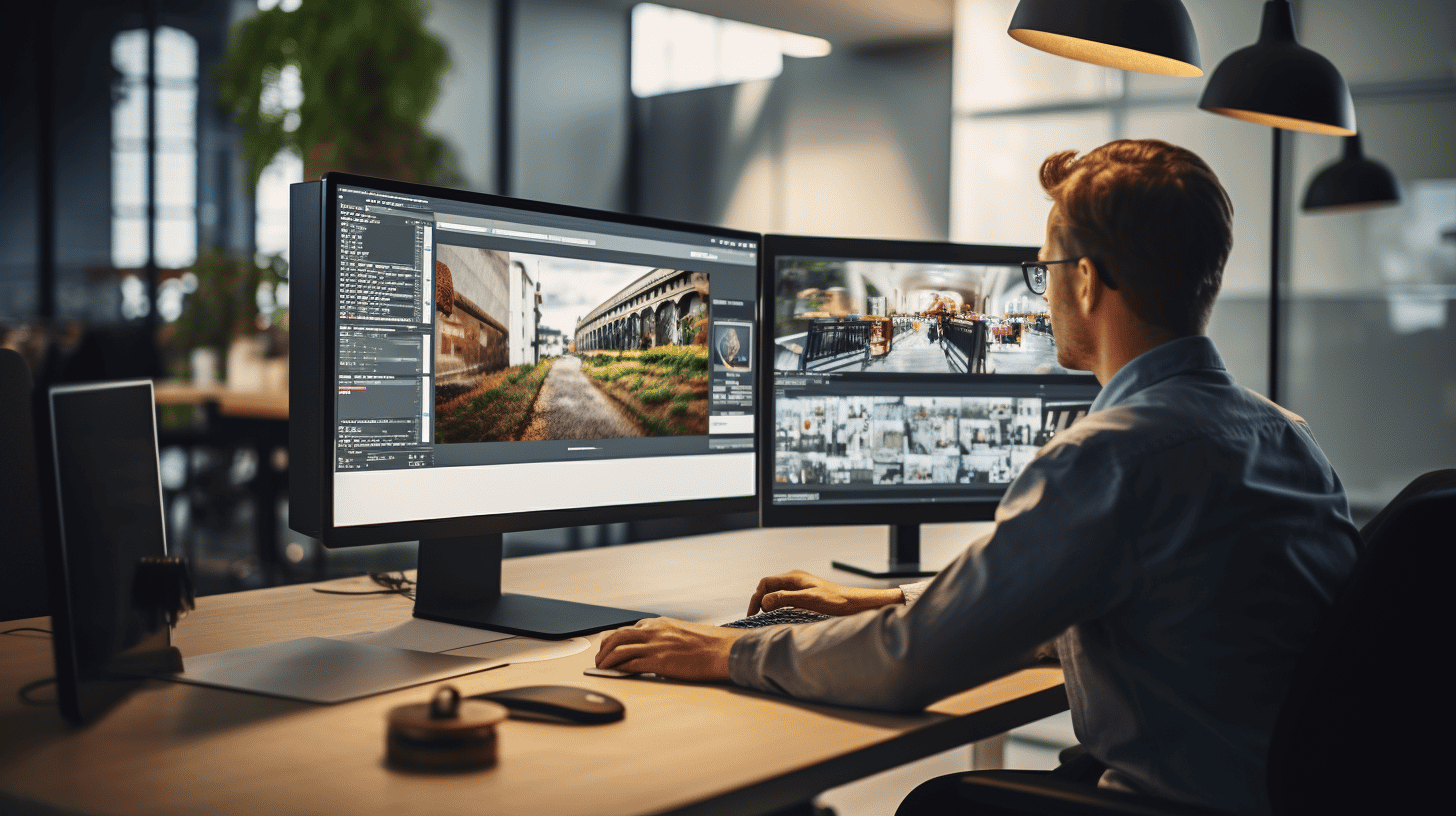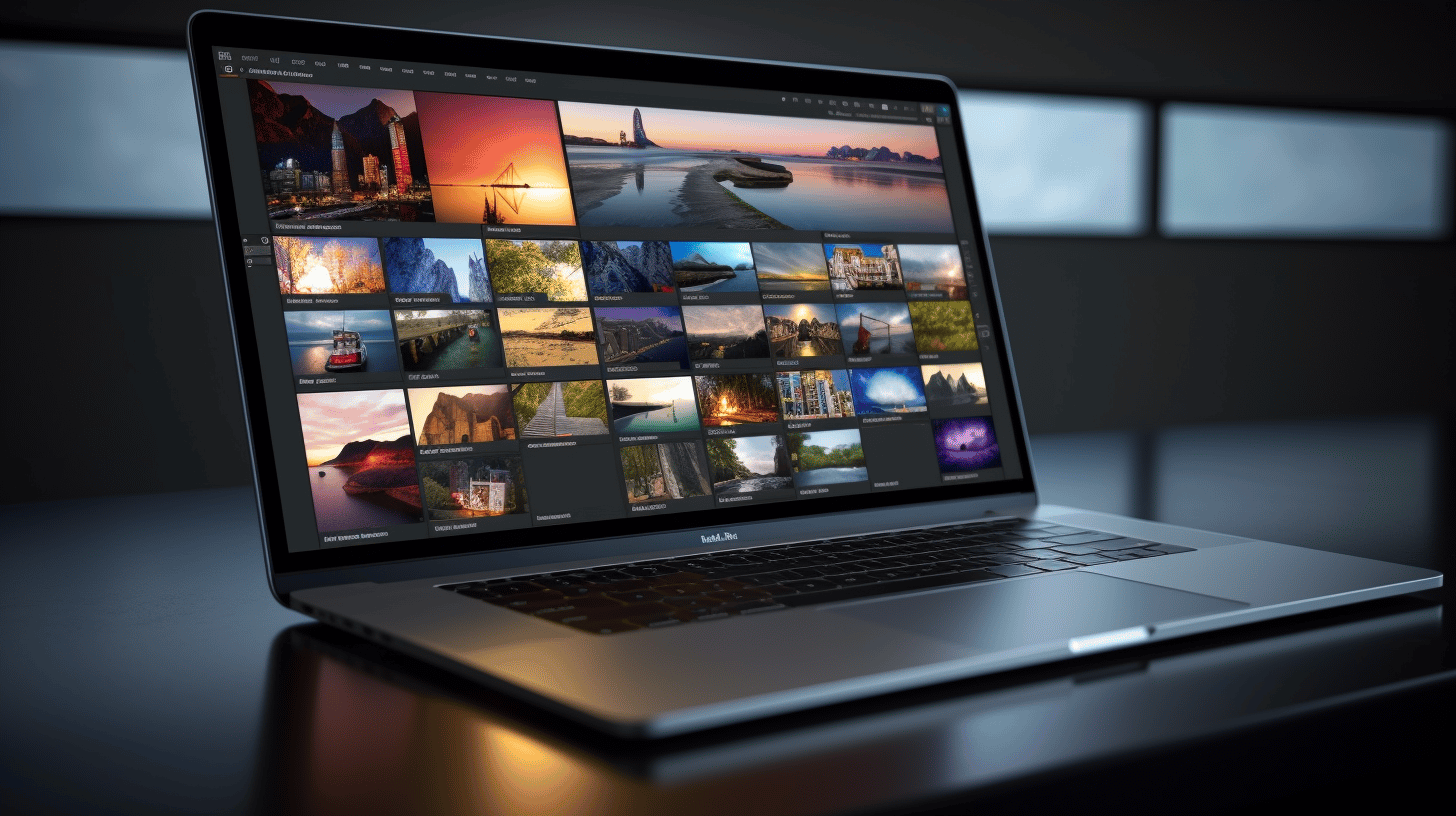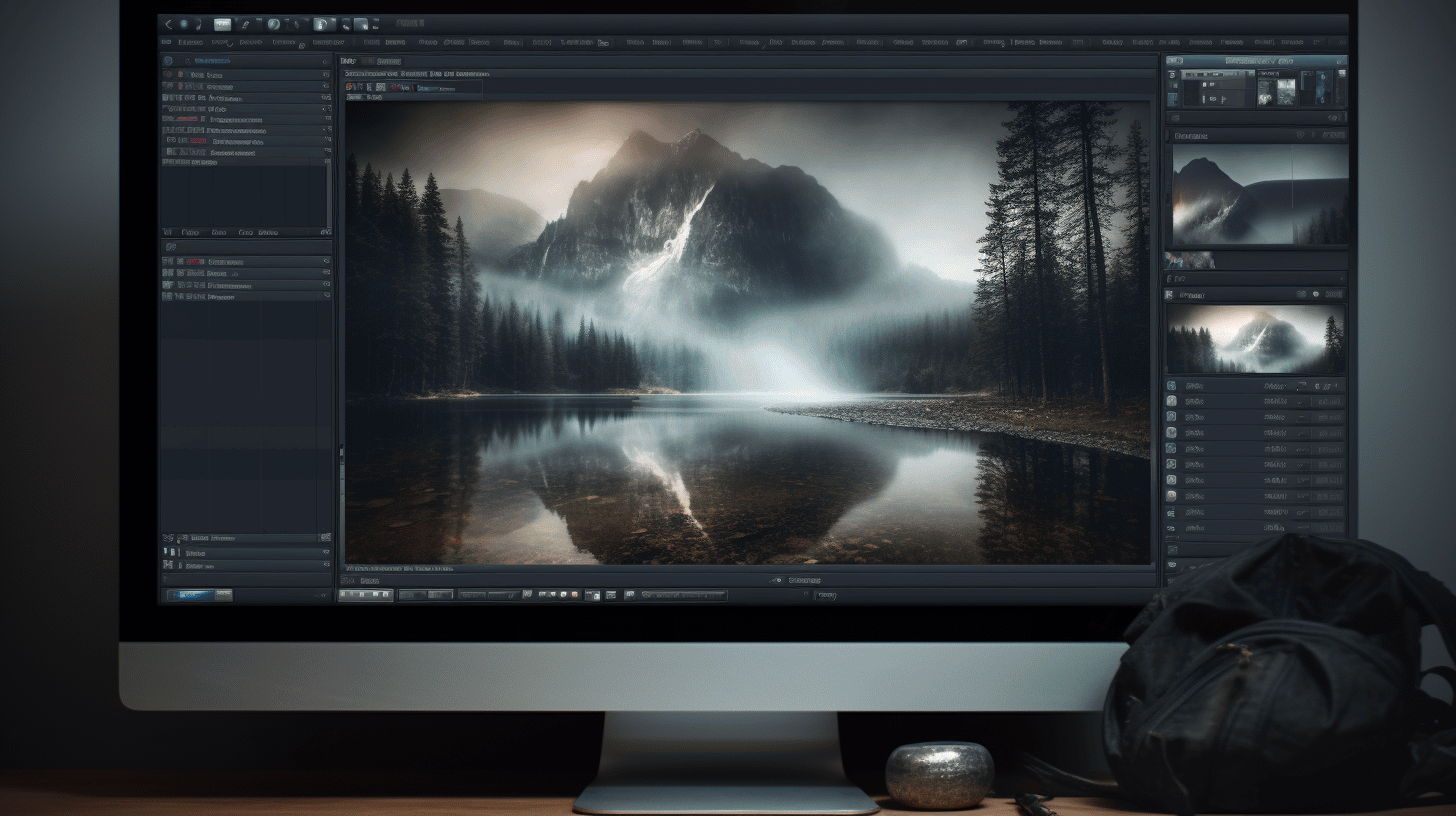Artificial Intelligence (AI) has significantly impacted the world of photography in recent years, reshaping the way photographers approach their work and enhance their pictures. With AI-powered tools, photo editing has become far more accessible, efficient, and precise. This detailed guide sheds light on mastering AI-assisted photo editing, featuring expert tips and tutorials to help you refine your skills.
Table of Contents
- Understanding AI in Photo Editing
- Choosing the Right AI-Powered Photo Editing Software
- Image Selection and Preparation
- Establishing a Solid Workflow
- AI-Powered Image Enhancement Techniques
- Creating Cohesive Visual Styles with AI Tools
- Ethical Considerations of AI in Photo Editing
- The Future of AI-Assisted Photo Editing
- Frequently Asked Questions
Understanding AI in Photo Editing
AI has substantially transformed photo editing as it efficiently implements advanced algorithms to edit images automatically. By learning from vast quantities of data, these algorithms offer a wide array of editing features, ranging from simple adjustments to complex effects and enhancements.
These AI-powered features include:
- Automatic image enhancement
- Intelligent object removal
- Image upscaling and noise reduction
- Preservation of detail in shadows and highlights
Mastering AI-assisted photo editing begins with learning how AI functions within software and appreciating its benefits and limitations.
Choosing the Right AI-Powered Photo Editing Software
There are numerous AI-based photo editing software options available. To select the best one suited to your needs, consider factors such as:
Features: Review the program’s features, paying particular attention to AI-based tools and functions that facilitate photo editing efficiently.
Compatibility: Ensure compatibility with your computer’s operating system and hardware requirements.
Cost: Assess the pricing model of the software. Some might offer a one-time purchase, while others may require a subscription.
User Interface: Pick a software with an intuitive and user-friendly interface that aligns with your skillset.
Popular AI-powered photo editing software options:
- Adobe Photoshop (Utilizes Adobe Sensei AI technology)
- Skylum Luminar AI
- Topaz Labs Gigapixel AI and Sharpen AI
- DxO PhotoLab
- ON1 Photo RAW
Image Selection and Preparation
To fully exploit AI-assisted photo editing capabilities, start by selecting high-quality images. Keep in mind:
- High-resolution files (e.g., RAW, JPEG, TIFF) enable greaterediting flexibility and retain more detail during processing.
- Ensure accurate exposure and focus to minimize reliance on AI for correcting significant issues.
- Consider capturing multiple exposures or utilizing bracketing to secure a broader dynamic range for post-processing.
Establishing a Solid Workflow
Establishing a systematic workflow helps streamline the editing process while providing ample room for creative experimentation. Follow these steps for an effective workflow:
- Import: Import the selected images into your preferred AI-powered photo editing software.
- Organize: Sort and categorize images, and assign appropriate metadata (keywords, ratings, etc.) to facilitate easy retrieval in the future.
- Initial Edits: Address basic image adjustments (exposure, white balance, shadows, highlights, etc.) to set the foundation for more advanced modifications.
- AI Assisted Edits: Utilize AI-powered tools for enhancements and refinements, such as object removal, noise reduction, or upscaling.
- Fine-Tuning: Apply manual adjustments to fine-tune your images further and correct any imperfections not resolved by AI algorithms.
- Export: Export your finalized images in the desired format (JPEG, TIFF, etc.), ensuring optimal quality and resolution settings.
AI-Powered Image Enhancement Techniques
There are several AI-enhanced editing techniques that can dramatically improve your photographs. Some popular techniques include:
Automatic Image Enhancement
Many AI-powered editors feature one-click options that automatically enhance the exposure, saturation, contrast, and other elements of an image. Though a convenient starting point, these tools may require further personalization to achieve the desired results.
Noise Reduction and Image Upscaling
AI-driven noise reduction and upscaling ensure your images retain detail and sharpness, even when enlarged or printed. With the help of advanced algorithms, these tools can extrapolate detail, rebuild textures, and minimize artifacts or noise.
Object Removal
AI-assisted object removal tools can seamlessly remove unwanted elements from an image without losing the consistency of the background, making the editing process smoother and more precise.
Highlight and Shadow Detail Preservation
AI algorithms can automatically detect and preserve essential highlights and shadows, retaining more detail during editing and rendering images closer to how the human eye perceives them.
Creating Cohesive Visual Styles with AI Tools
By leveraging AI-powered tools, photographers can create cohesive visual styles across their work, ensuring a consistent look and feel. Experiment with color grading, tonal adjustments, and filters, and apply the desired style to multiple images for precise, uniform results.
Ethical Considerations of AI in Photo Editing
While AI-assisted photo editing brings numerous benefits, it also raises ethical concerns. As editing tools become increasingly sophisticated, distinguishing between an authentic image and a manipulated one becomes challenging. Thus, photographers must use these tools responsibly and transparently, maintaining the credibility of their work.
The Future of AI-Assisted Photo Editing
The rapid advancements in AI technology signal apromising future for AI-assisted photo editing, with developments such as:
- Enhanced facial recognition capabilities
- Automatic 3D depth perception for images
- AI algorithms that understand and mimic artistic styles
- Easier integration of augmented reality (AR) elements
A willingness to adapt to and invest in emerging AI technology will ensure photographers remain at the forefront of this ever-evolving landscape, elevating their skills and creativity.
Frequently Asked Questions
Is AI in photo editing a threat to professional photographers?
Although AI simplifies certain aspects of photo editing, creativity and artistic vision remain irreplaceable. While AI can aid professionals, it cannot entirely replace the human touch. The key is to find a balance and utilize AI as a beneficial tool, not a substitute for skills and talent.
Can AI algorithms completely replace manual photo editing?
While AI-driven techniques can streamline and automate many editing tasks, some intricate adjustments still require manual intervention for optimal results. By combining AI and manual editing skills, photographers can achieve the most effective and polished outcomes.
Are AI-driven photo editing tools expensive?
The cost of AI-driven photo editing tools varies by product and licensing model. Many software options offer free trials or limited-feature versions, providing users a chance to explore the tools before committing to a purchase. Investing in AI-powered software can save significant time and effort in the long run, proving well worth the cost for serious photographers.
Is it difficult for beginners to master AI-assisted photo editing?
Many AI-assisted photo editing tools are designed to be user-friendly and cater to beginners and professionals alike. By following tutorials and leveraging helpful online communities, beginners can quickly grasp AI-powered photo editing techniques and elevate their photography skills.




0 Comments